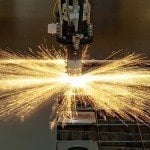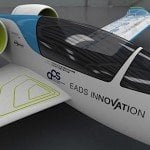Flying cars have long been thought of as the hallmark of futurism. But with advancements in EVTOL tech the future is close to becoming our reality.
Electric Vertical Takeoff and Landing (EVTOL) technology is a game-changer in the aviation industry. It offers the promise of fast, efficient, and environmentally friendly air transportation. But where do things stand in 2023?
In this article, we will explore the world of EVTOL, including its benefits and challenges facing its adoption. We will also take a closer look at JetX, one of the leading companies in the EVTOL industry, and their innovative propulsion system.
What is Electric Vertical Takeoff and Landing (EVTOL) Technology?
EVTOL technology is a new way of designing aircraft that allows for vertical takeoff and landing. This type of aircraft is powered by electric motors, which eliminates the need for a runway. The electric motors provide lift, which allows the aircraft to take off and land vertically. This effectively reduces infrastructure requirements and makes it possible to operate from smaller, more convenient locations.
The JetX Vector Flying Car:
The Benefits of EVTOL
One of the key benefits of EVTOL technology is its ability to reduce emissions. Electric motors produce much lower emissions than traditional combustion engines, which makes this technology more environmentally friendly. Electric motors are also much quieter than traditional engines, which is another advantage of EVTOL technology.
EVTOL technology is also more efficient than traditional aircraft designs. Electric motors can provide more power per unit of weight than traditional engines, which makes it possible to design aircraft that are faster and more efficient. This makes EVTOL technology ideal for urban air transportation, where speed and efficiency are critical.
The Joby EVTOL from Joby Aviation has actually moved into proof of production and flying prototypes and may soon be flying short-haul urban flying taxis:
EVTOL Vs. Traditional Aviation
EVTOL technology is being praised as a major breakthrough in the aviation industry. It provides a more efficient, eco-friendly, and faster mode of air transportation compared to traditional methods.
The increased efficiency of EVTOL aircraft means they use less energy, which leads to reduced emissions and a more sustainable form of transportation. The faster speed of EVTOL aircraft also allows for quicker trips and reduced travel time, making it a more convenient option for passengers.
Urban air transportation, in particular, is expected to be greatly impacted by the adoption of EVTOL technology. With the ability to fly at high speeds and navigate in and out of cities, EVTOL technology has the potential to transform the way people travel in urban areas.
The future of urban air transportation with EVTOL could include new modes of air transportation that make travel faster, more convenient, and more sustainable. The integration of EVTOL technology into urban air transportation could lead to a new era of air travel and revolutionize the way people commute in cities.
In other words, flying cars are no longer a thing of the future, this technology could become industry standard within the coming decades.

The JetX EVTOL System
The JetX EVTOL system is one of the most advanced and innovative EVTOL systems on the market today. It is designed to be highly efficient, fast, and safe, making it the ideal option for a wide range of applications. The JetX system uses a combination of electric and jet propulsion to provide a smooth, quiet, and environmentally friendly mode of transportation.
One of the key features of the JetX EVTOL system is its advanced control system. The system uses a combination of computer algorithms and human input to provide precise and accurate control, even in challenging weather conditions. This makes the system ideal for use in a variety of settings, including urban areas, remote locations, and even in disaster response scenarios.
Additionally, the JetX EVTOL system also features advanced safety features, including redundant systems and advanced sensors, which help to ensure that the system is safe for use even in challenging conditions.
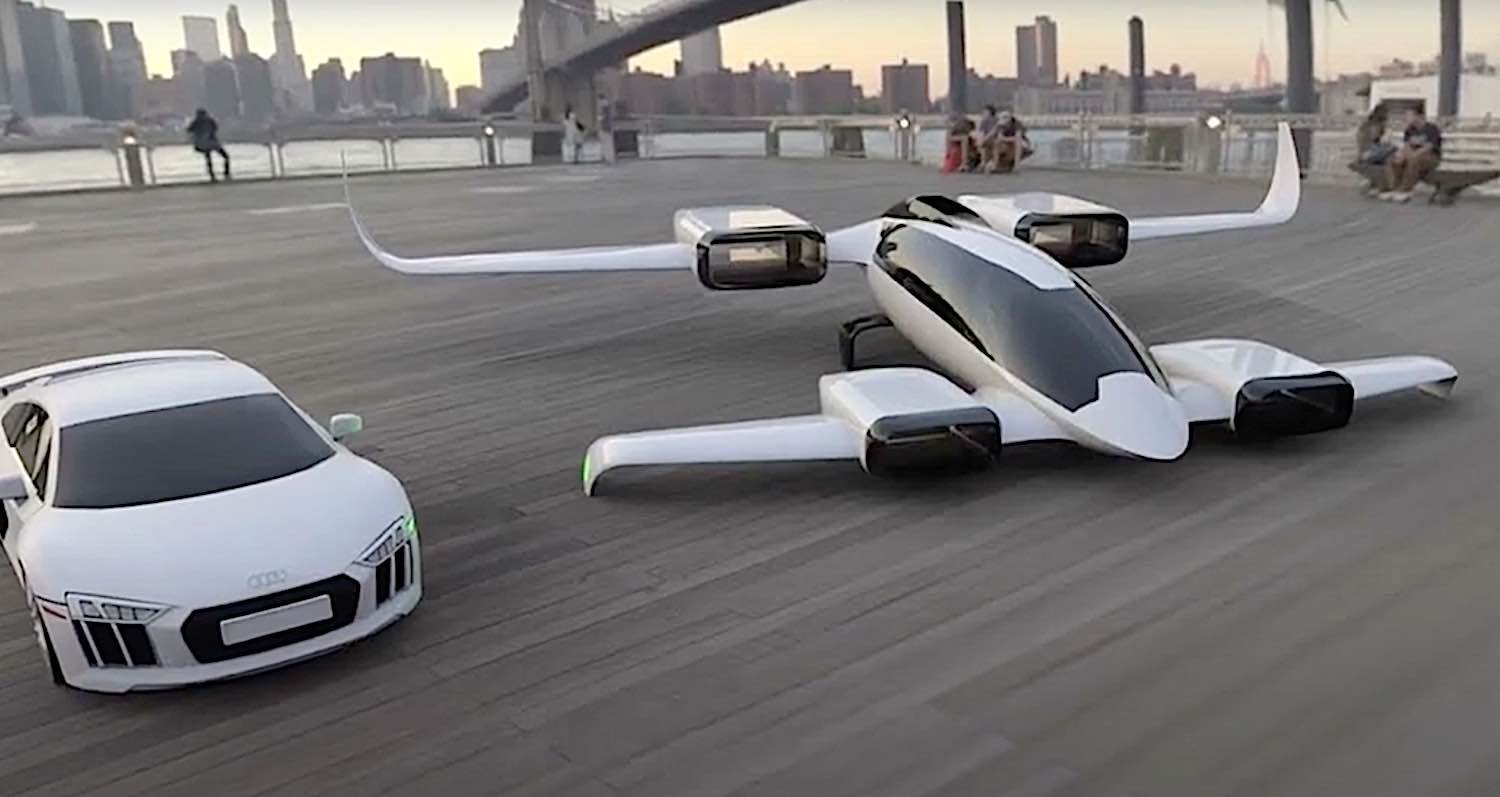
Challenges Facing the Adoption of EVTOL
While EVTOL technology has numerous benefits, its widespread adoption is faced with a number of challenges. One of the biggest hurdles is the high cost of developing and manufacturing EVTOL vehicles. There is also a lack of standardization in the industry, which makes it challenging for companies to collaborate and develop common standards.
The investment in infrastructure, such as charging stations and maintenance facilities, is another important factor that must be considered in order for EVTOL technology to be adopted on a large scale. The cost of implementing EVTOL could very well be in the trillions of dollars with global adoption.
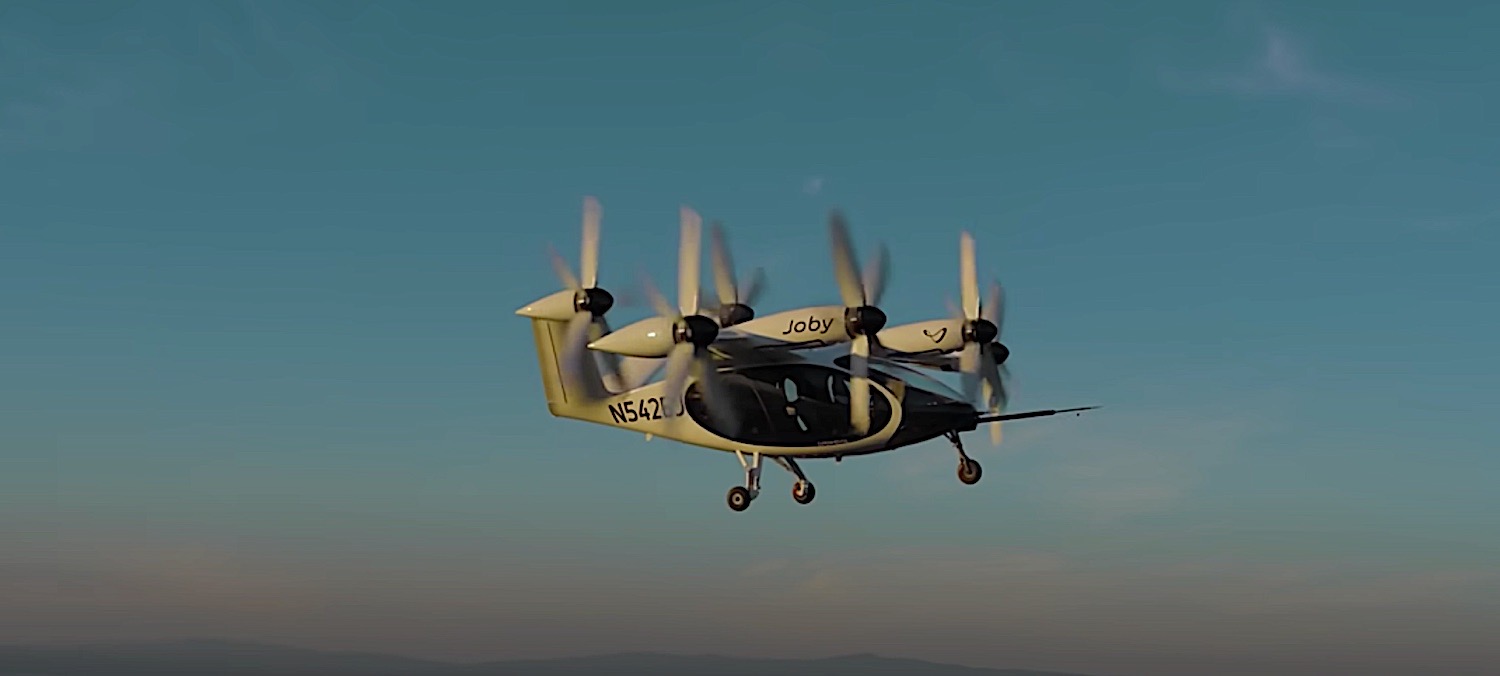
Regulation of EVTOLs
The use of Electric Vertical Take-off and Landing (EVTOL) vehicles is a relatively new technology, and regulations surrounding their usage are still in the process of being developed. Currently, the Federal Aviation Administration (FAA) in the United States is responsible for regulating the design, construction, and operation of these vehicles.
However, there is still much work to be done in terms of establishing comprehensive regulations to ensure their safe integration into the national airspace system. In addition, many countries around the world are also working to develop their own regulations to govern the use of EVTOLs.
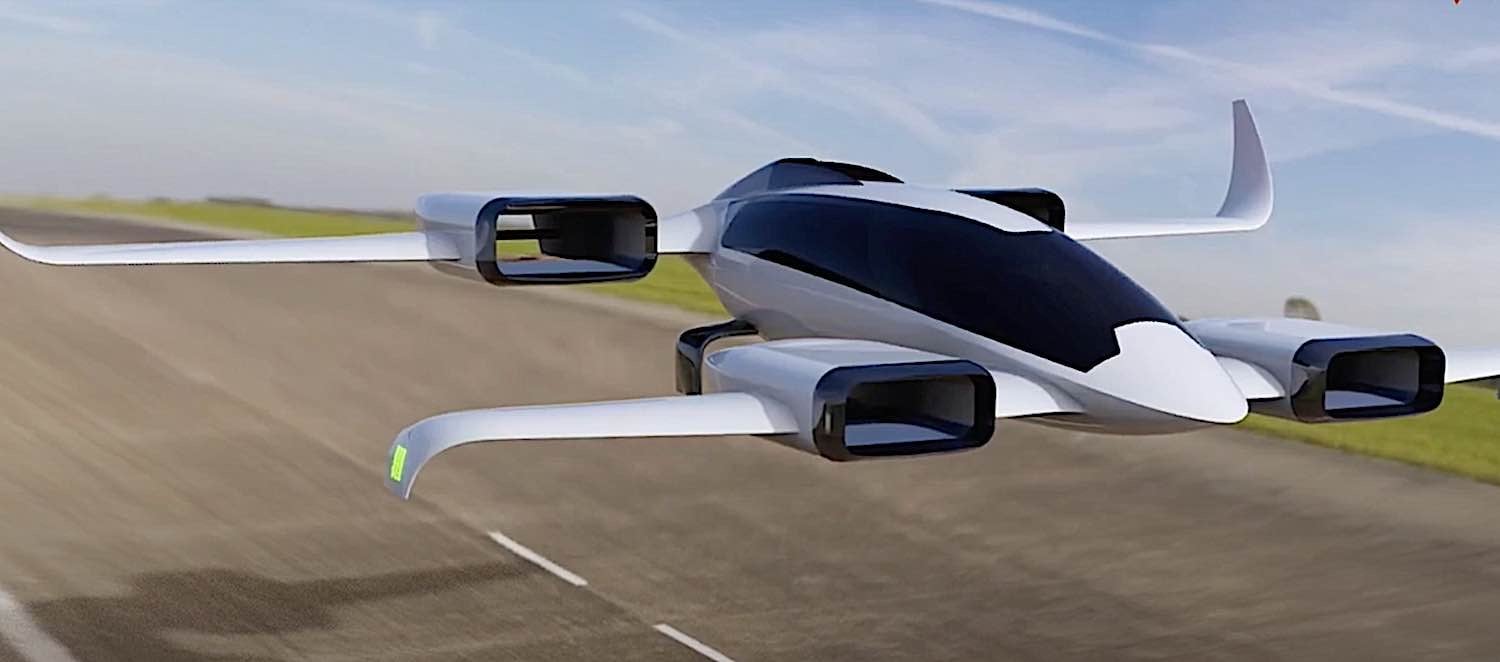
Safety Concerns and Measures
The introduction of EVTOLs raises a number of safety concerns, particularly in regards to their operation in densely populated urban areas. These concerns include the potential for collisions with other aircraft or obstacles, the risk of system failures, and the potential for accidents during takeoff and landing.
To address these concerns, manufacturers of EVTOLs are implementing a range of safety measures, including the use of redundant systems and backup power sources, and the development of advanced sensors and navigation systems to prevent collisions.
Companies are also working to improve the overall design of these vehicles to minimize the risk of accidents, and to make them more reliable and safer for passengers and crew. Despite these efforts, it will likely be several years before the safety of EVTOLs is fully established and the public can be confident in their use.
Future Outlook: 2030 and Beyond
The future of EVTOL technology is highly promising. With major companies like Boeing, Airbus, and Uber investing in this technology, it is only a matter of time before EVTOL becomes a major mode of transportation.
It is estimated that by 2040, the market for EVTOL will be worth over $1.5 billion. This growth will be driven by the increasing demand for fast and efficient transportation, as well as the need for environmentally friendly options.
One of the main benefits of EVTOL technology is its ability to provide a fast, efficient, and environmentally friendly mode of transportation. This is particularly important in cities, where traffic congestion and air pollution are major problems.
With EVTOL, people can travel quickly and efficiently without adding to the traffic congestion or air pollution. Additionally, EVTOL is also able to bypass traditional air traffic control, which can lead to faster travel times.
Another advantage of EVTOL technology is its versatility. Unlike traditional helicopters, which can only take off and land vertically, EVTOLs are capable of both vertical takeoff and landing, as well as horizontal flight. This allows them to be used in a variety of settings, including urban areas, remote locations, and even on water.
Advancements on the Horizon
The EVTOL industry is rapidly growing and is expected to experience significant innovations in the near future. One area of focus is the development of more advanced and efficient battery technology. This is essential for EVTOLs to have longer flight range, faster charging times, and improved overall performance.
Advancements in aerodynamics are also expected to play a crucial role in shaping the future of the EVTOL industry. The optimization of wing and body design can result in improved energy efficiency and reduced drag, leading to longer flight times and increased performance. Other innovations, such as the integration of autonomous flight systems, are also expected to greatly enhance the capabilities and reliability of EVTOLs.
Furthermore, the development of new technologies such as advanced sensors, machine learning, and artificial intelligence is expected to greatly improve the safety and reliability of EVTOLs. These technologies will allow EVTOLs to operate more autonomously, detect and respond to potential hazards in real-time, and make flight operations safer and more efficient.
Conclusion
EVTOL technology is poised to revolutionize the way we travel in the coming years. With its combination of speed, efficiency, and versatility, EVTOL offers a promising solution to many of the challenges facing traditional modes of transportation.
The JetX system, in particular, is a highly advanced and innovative system that is designed to provide a smooth, quiet, and environmentally friendly mode of transportation. It remains to be seen if the challenges facing the adoption of this technology can be overcome, but as things stand right now, we are on a path towards having flying cars in the near future.
SOURCES
[1] https://newatlas.com/aircraft/jetx-evtol-bladeless/
[2] https://ig.space/commslink/ultimate-guide-evtol-electric-vertical-takeoff-landing-air-taxis
[3] https://ntrs.nasa.gov/citations/20205000636
[4] https://www2.deloitte.com/us/en/insights/focus/future-of-mobility/future-transportation-with-vtol.html
[5] https://simpleflying.com/embraer-evtol-test-flights/
[6] https://www.evtol.news/jetx-vector-e#
[7] https://www.youtube.com/watch?v=ir_Ds76LZvk&t=2s


